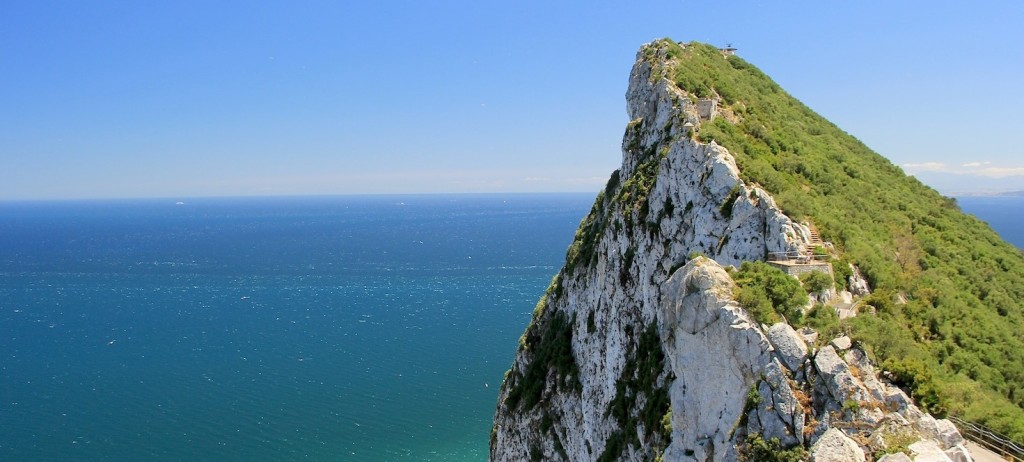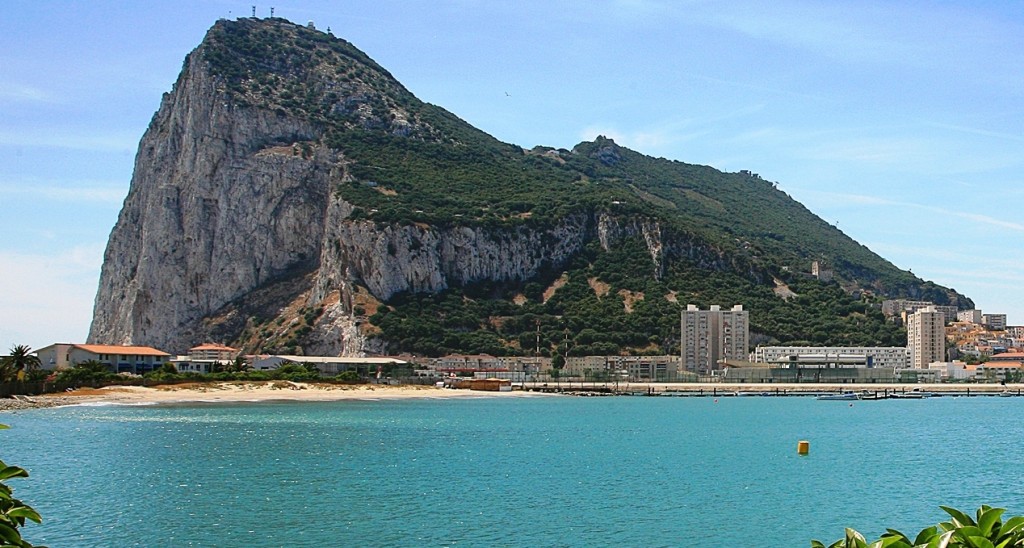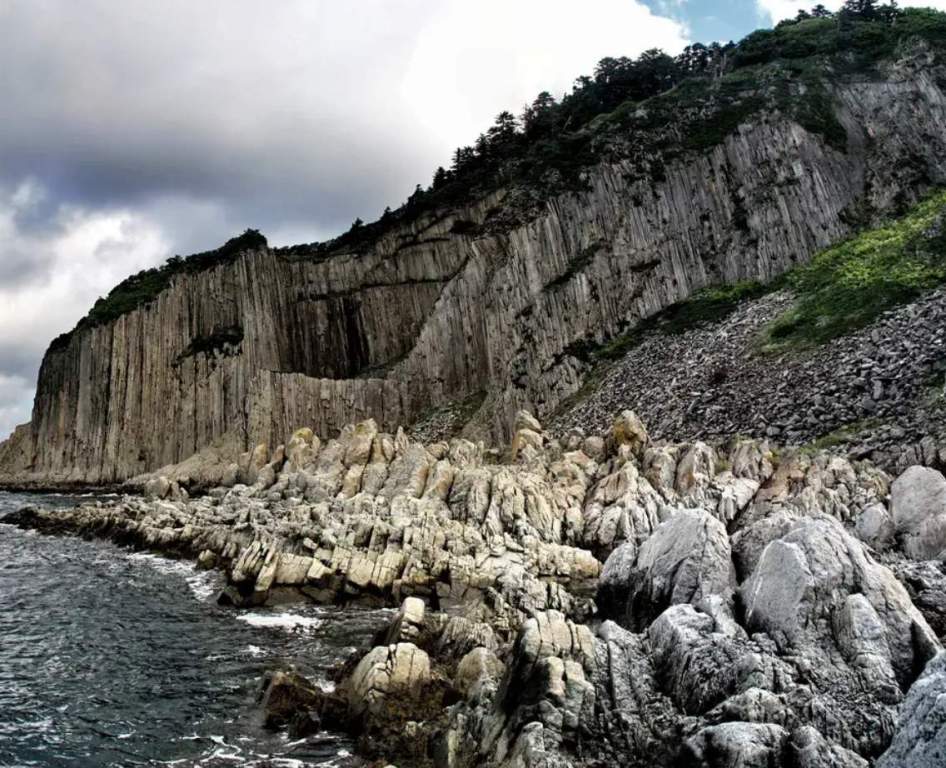Also Read: Tasman Glacier Terminal Lake is a Fascinating Glacial Encounter
/ month
placeholder text
Post List
Editor's Picks
Wild Remote Beauty of Norway, Iceland and Scotland’s Landscapes
Well, Iceland, Scandinavia, and Scotland are generally famous for...
Pailon Del Diablo Waterfall in Ecuador
Pailon Del Diablo waterfall is a stunning point in...
Geirangerfjord – Real Jewel of the Norwegian fjords
You know, there’re two most popular waterfalls in the...
A Splendid Sculpture Made Of Living Breathing Trees
A Splendid Sculpture Made Of Living Breathing Trees. A...
The Red-necked crake
The Red-necked crake (Rallina tricolor) is Australia's only rainforest-inhabiting...
Graceful Wooden Chair Hand-Carved from a Single Tree Stump
Graceful Wooden Chair Hand-Carved from a Single Tree Stump....
Soil Erosion by Plowing Land into Massive Geometric Artwork
Australian Farmer Battles Soil Erosion by Plowing Land into...
The Cute Southern Whiteface
THE Southern Whiteface (Aphelocephala leucopsis) is one of a...
Don't Miss
The Cute Southern Whiteface
THE Southern Whiteface (Aphelocephala leucopsis) is one of a...
Weasels Magical Ride on Woodpecker’s Back
Weasels Magical Ride on Woodpecker’s Back. At first look,...
Tips To Achieve Mindfulness?
The Meaning of Mindfulness
The meaning of mindfulness has been...
Weever Fish – Danger on the Beach
Although the vast majority of Weever Fish throughout the...
Is it safe to use household cleaning products during pregnancy?
Many women worry about the effects of household products...
Mysterious Patan Minara of Rahim Yar Khan
Patan Minara is an ancient Buddhist monastery in Rahim...
Double-barred Finch: A Feathered Jewel of Australia
Double-barred finch (Stizoptera bichenovii) is widespread in the better-watered...
7 Tips For Making Children’s Books Interesting
Tips For Making Children's Books Interesting
Writing a book for...
Charismatic Planet © 2024 . All Rights Reserved.

















